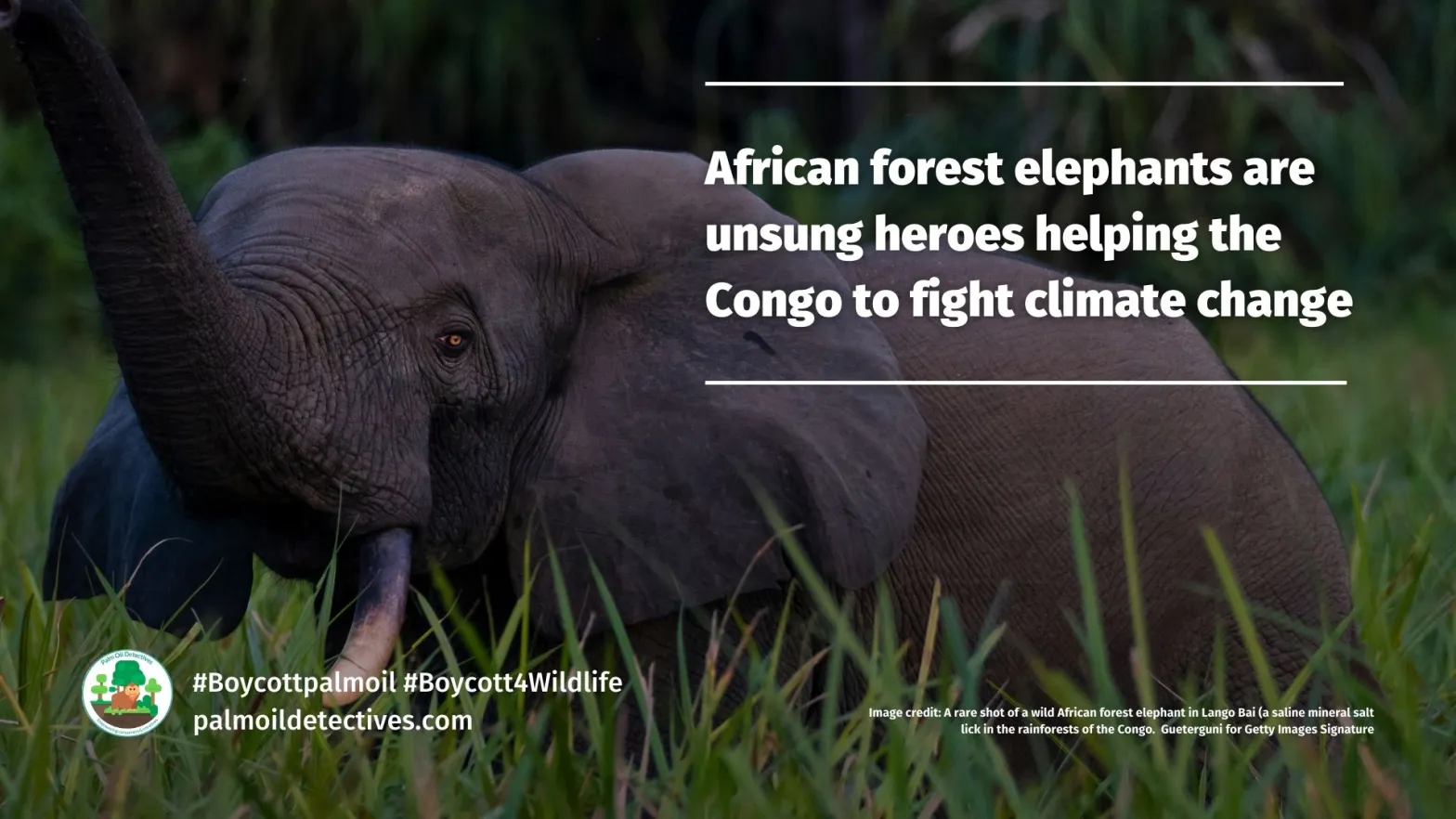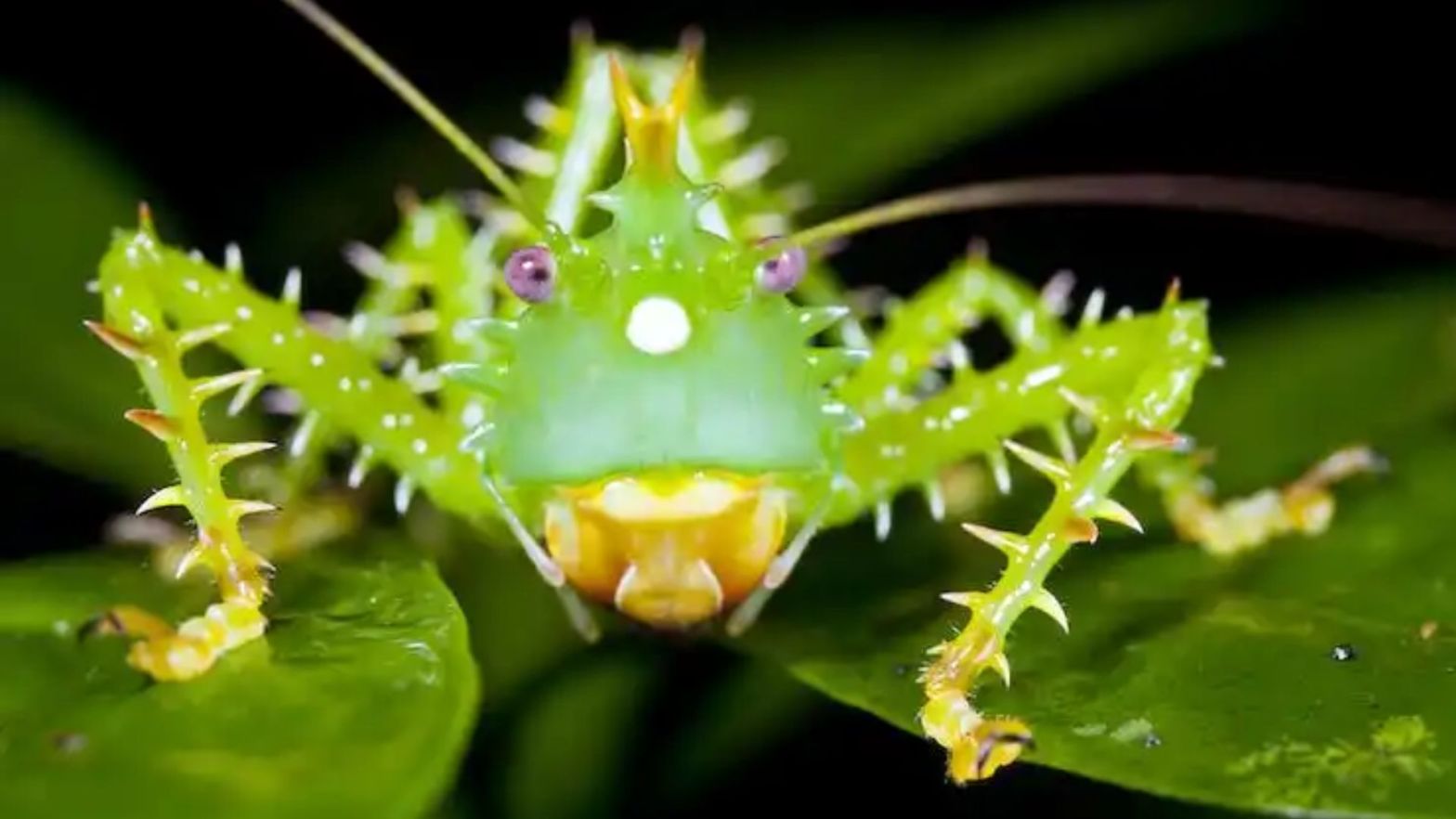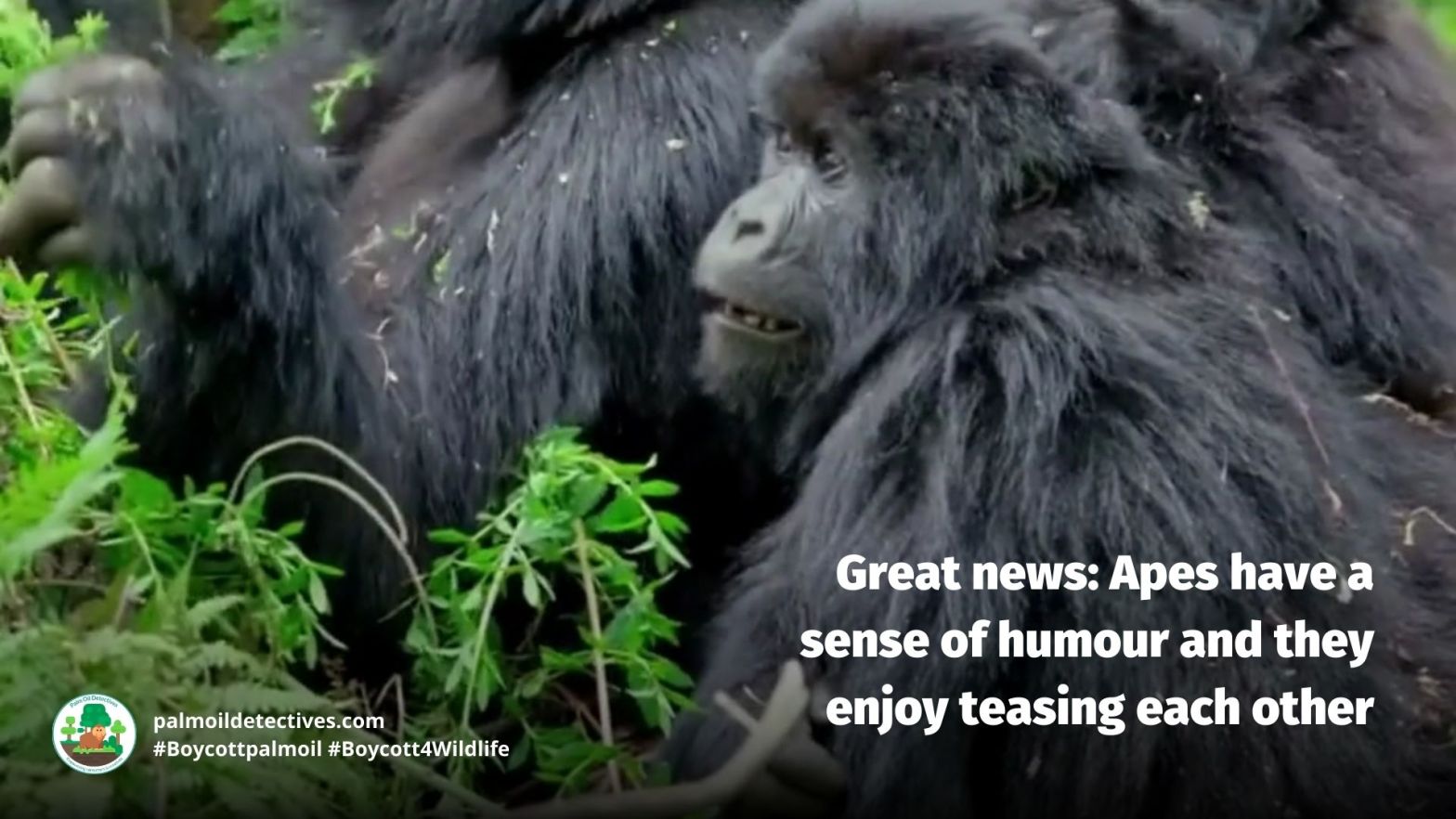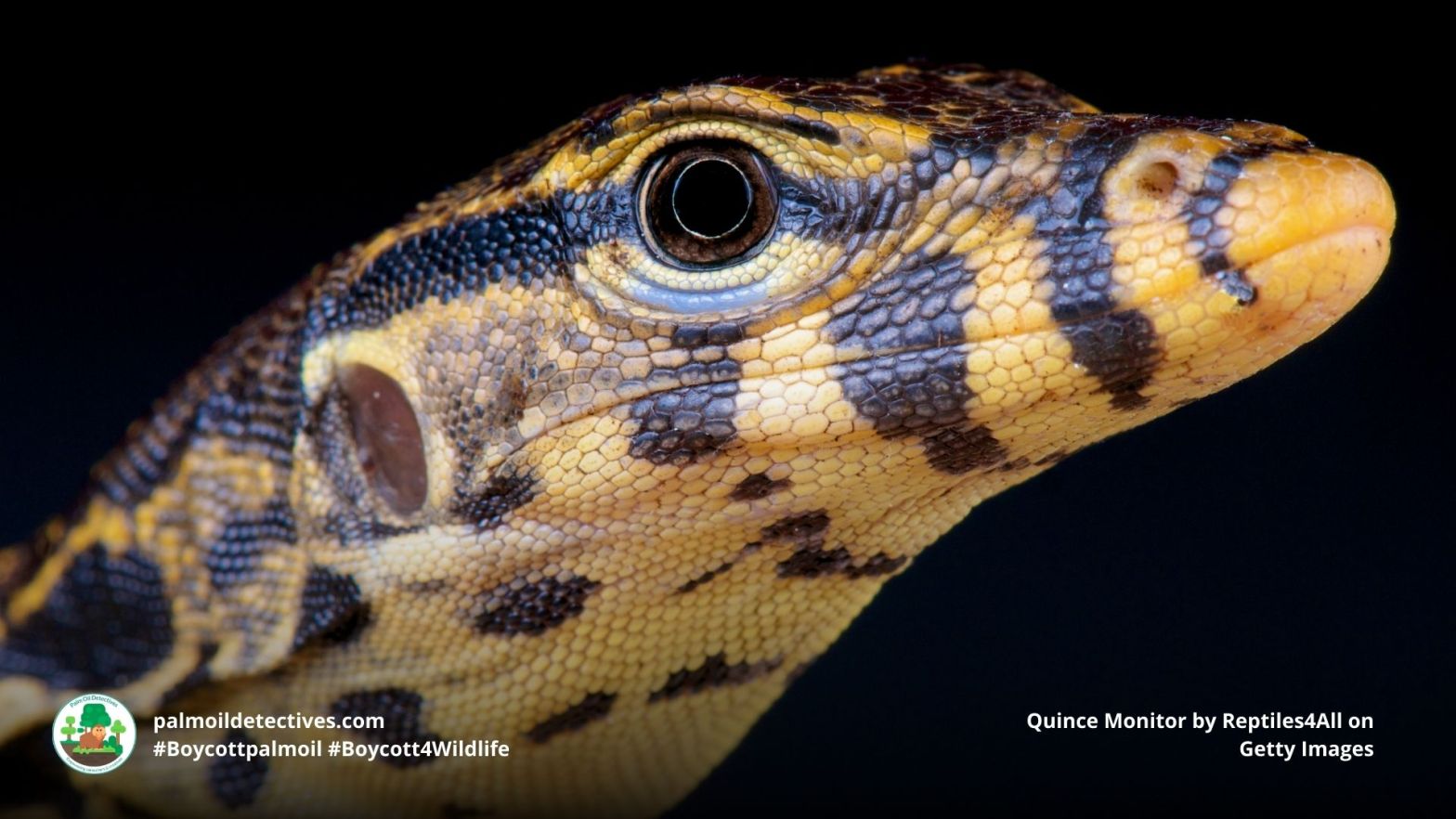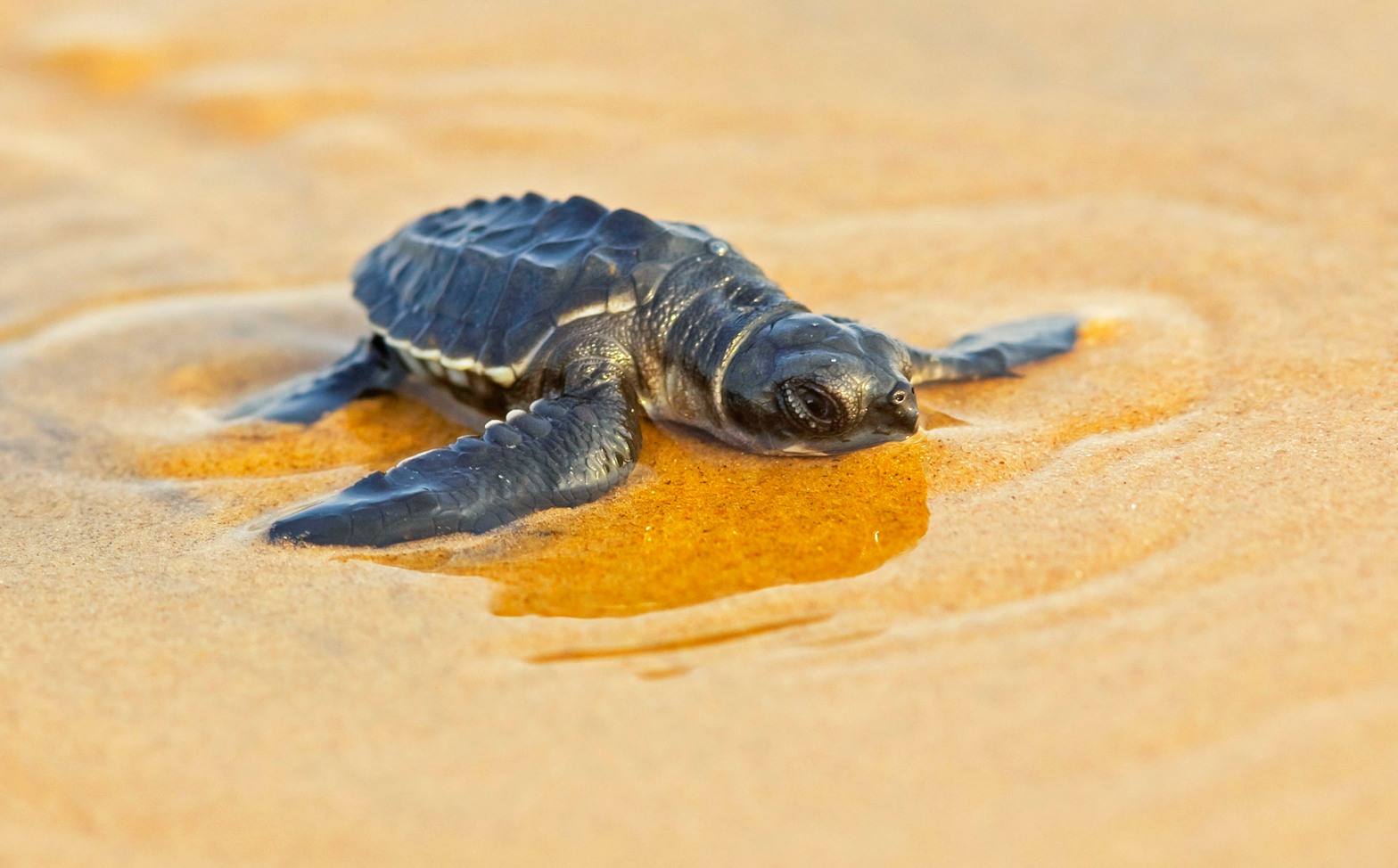Discover the awe-inspiring role of African forest elephants in the Congo Basin—nature’s master gardeners who literally shape the world around them! These gentle giants roam through muddy, mineral-rich paradises called baïs, fostering the growth of carbon-absorbing trees that make our planet healthier. By tending to these unique landscapes, they are the unsung heroes in the fight against climate change. Want to ensure these ecological architects keep doing their vital work? Join the movement to protect their habitat—say no to palm oil and adopt a vegan lifestyle! 🐘🌳#BoycottPalmOil #BeVegan #Boycott4Wildlife
Category Archives: Amazing Animal Adaptations
Some of the world’s strangest species could vanish before they’re discovered – Help them and #Boycott4Wildlife
Scientists have described around 1.5 million species on Earth – but how many are still out there to be discovered? This is one of the most heated debates in biology. Discounting microbes, plausible estimates range from about half a million to more than 50 million species of unknown animals, plants and fungi.
Our present knowledge is just scratching the surface. Evolution has had billions of years to create biologically active compounds that can combat human diseases, generate genetic diversity that could save our food crops from disastrous pathogens, and spawn ecological innovations that can inspire marvellous new inventions.
Great news: Apes have a sense of humour and they enjoy teasing each other
New research finds that it is not only human babies who love to playfully tease each other. Researchers reasoned that since language is not required for this behaviour, similar kinds of playful teasing might be present in non-human animals. Now cognitive biologists and primatologists have documented playful teasing in four species of great apes. Like joking behaviour in humans, ape teasing is provocative, persistent, and includes elements of surprise and play. Because all four great ape species used playful teasing, it is likely that the prerequisites for humour evolved in the human lineage at least 13 million years ago.
Climate and extinction crises move too slowly for us to pay attention – here’s the answer
It seems we are having a hard time paying sufficient attention to the climate and extinction crises. This is because the causes for the most part move slowly, without the flashy drama that can focus our minds in the midst of 24-hour news cycles and social media distractions. The Netflix film Don’t Look Up cleverly captures our inability to focus on and come together to counter such a common threat. To change this, we must develop a “slow memory” that can help us care about and act on slow change. #Boycottpalmoil #Boycott4Wildlife
Reptiles: why one in five species face extinction. Here’s how you can help them
#Reptiles are fascinating creatures who are sadly feared, misunderstood and persecuted by humans. It’s time we stand up for #lizards #snakes #crocodiles #turtles, here’s how #Boycottpalmoil #Boycott4Wildlife
News stories about spiders are unfairly negative – here’s how to tell the truth about spiders
Frequent errors in news reports likely contribute to the animals’ undeserved bad reputation Spiders are pretty remarkable. They live almost everywhere, from rainforests to deserts. Some even spend most of their lives underwater. They are smarter than you think, with some able to make plans and count. Scientists think they might even dream when theyContinue reading “News stories about spiders are unfairly negative – here’s how to tell the truth about spiders”
Uncovering secrets of the glasswing butterfly’s see-through wings
Most butterflies sport colourful, eye-catching wings. But some species flit about using mostly transparent wings. Researchers have now uncovered the tricks that one of these — the glasswing butterfly (Greta oto) — uses to hide in plain sight.
Researchers viewed the wings of these Central American butterflies under the microscope. There they spied sparse, spindly scales overlaying a see-through wing membrane. That membrane also has antireflective properties. It’s that combo that makes these insects so stealthy.
Do humans really need other species?
Do humans really need other species? Yes! millions of organisms are needed to keep ecosystems in balance and ensure everyone can survive. Most importantly, #research shows other species make us happy! Research shows that people are healthier and more content when they are around other species of plants and animals. They need to experience the sights, sounds, smells, feel and taste of other organisms for mental and physical health. This drive is called “biophilia,” meaning love of living things. #Boycott4Wildlife
Celebrate #WorldRhinoDay by leaving the forests alone and #Boycottpalmoil in the supermarket to save Rhinos
Indonesia is home to two of the world’s five rhinoceros species. Both the Javan rhino Rhinoceros sondaicus and the Sumatran rhino Dicerorhinus sumatrensis still exist today, uniquely only in the country. In India’s north east, the Indian Rhino hangs on to survival. Yet their existence has become increasingly fragile due to the unrelenting growth of palm oil in both of these countries.
#WorldRhinoDay is 22nd Sept. But every day should be World Rhino Day as three of the five species of rhino may go extinct as a result of #palmoil #deforestation and illegal poaching. Fight for them each time you shop and be #vegan and #Boycottpalmoil #Boycott4Wildlife.
What elephants’ unique brain structures suggest about their mental abilities
Bob Jacobs, Colorado College Conservationists have designated August 12 as World Elephant Day to raise awareness about conserving these majestic animals. Elephants have many engaging features, from their incredibly dexterous trunks to their memory abilities and complex social lives. But there is much less discussion of their brains, even though it stands to reason thatContinue reading “What elephants’ unique brain structures suggest about their mental abilities”
Back from extinction: a world first effort to return threatened pangolins to the wild
The reintroduction of pangolins has not been easy. But it’s vital to prevent this shy, mysterious creature from being lost forever. Pangolins are one of the most illegally trafficked animals on the planet and are suspected to be linked to the current coronavirus pandemic. Pangolins are also one of the world’s most threatened species butContinue reading “Back from extinction: a world first effort to return threatened pangolins to the wild”
Chimpanzees once helped African rainforests recover from a major collapse
Most people probably think that the rainforest of central and west Africa, the second largest in the world, has been around for millions of years. However recent research suggests that it is mostly just 2,000 or so years old. The forest reached roughly its modern state following five centuries of regeneration after it was massively fragmented when the dry season suddenly became longer some 2,500 years ago. Help #chimpanzees to survive and #Boycottpalmoil #Boycott4Wildlife every time you shop
How do we protect the rapidly disappearing Javan Rhino?
With only 74 individuals left, the remarkable and beautiful Javan Rhino is on the brink of extinction and can be found on one of the most densely populated islands in the world – Java. Boycotting palm oil is how you can help them. Sunarto, Universitas Indonesia The Javan rhino was once found throughout many partsContinue reading “How do we protect the rapidly disappearing Javan Rhino?”
The mimics among us — birds pirate songs for personal profit
From Roman classics to British tabloids, humans have long celebrated the curious and remarkable ability of birds to imitate the sounds of humans and other animals. A recent surge of research is revealing how and why birds use vocal mimicry to further their own interests, as we discuss in Biological Reviews. Anastasia Dalziell, Cornell UniversityContinue reading “The mimics among us — birds pirate songs for personal profit”
A fascinating history of warrior turtles: from ancient myths, warships and teenage mutants
Ask anyone the identity of the world’s most famed turtles, and the answer is likely to be those legendary heroes in a half-shell, the Teenage Mutant Ninjas. Since first appearing in comic book form in 1984, the pizza-eating, nunchuk-wielding characters have shown the world the tougher side of turtles. Louise Pryke, University of Sydney PartContinue reading “A fascinating history of warrior turtles: from ancient myths, warships and teenage mutants”
Bonobo mothers meddle in their sons’ sex lives – making them three times more likely to father children
New research shows that for bonobos, sex really is often a family affair. What’s more, rather than being an embarrassing hindrance, motherly presence greatly benefits bonobo sons during the deed. Ben Garrod, University of East Anglia Along with chimpanzees (Pan troglodytes), bonobos (Pan paniscus) are our closest living relatives. Restricted to a 500,000 km² thickly-forestedContinue reading “Bonobo mothers meddle in their sons’ sex lives – making them three times more likely to father children”
Do chimpanzees and orangutans really have midlife crises?
Knowing that chimpanzees and orangutans have personalities, feel emotions and are “almost human” comes as no surprise to most people. However, linking the term “midlife crisis” to chimpanzees and orangutans seems to be somewhat shocking and controversial as we’ve seen from the flurry of interest produced by a paper published this week.
Bonobos can inspire us to make our democracies more peaceful
Bonobos, sometimes called the “forgotten ape” due to their recent discovery and small numbers, titillate the democrat’s imagination. Before the 1970s, certain primatologists thought bonobos were strange chimpanzees because females govern in this primate society. Frans de Waal, the primatologist and popular writer, has done much to explain the fascinating lives of these “peace-loving apes”Continue reading “Bonobos can inspire us to make our democracies more peaceful”
Contagious yawns show social ties in humans and bonobos
Penny Orbell, The Conversation Most of us have experienced the overwhelming urge to yawn in response to another person yawning – but we’re not the only species to do this. Research published in PeerJ today shows bonobos – our closest evolutionary cousins – also experience “yawn contagion”, and, as in humans, the effect is influencedContinue reading “Contagious yawns show social ties in humans and bonobos”
How forest elephants move depends on water, humans, and also their personality
African forest elephants roam the dense rainforests of West and Central Africa where they subsist largely on a diet of fruit. They shape forests by dispersing fruit and seeds, browsing, and creating an extensive trail network. John Poulsen, Duke University and Christopher Beirne, University of British Columbia But because it’s difficult to track animals inContinue reading “How forest elephants move depends on water, humans, and also their personality”

